Some of the links in this post may be affiliate links.
Philodendron gloriosum is a stunningly gorgeous species in the Philodendron genus with mesmerizing, heart-shaped, velvety leaves. Sadly, this Colombian native has been classified as a vulnerable species in its natural habitat according to the IUCN (International Union for Conservation of Nature).
Fortunately, we can add this plant to our home collections to both enjoy and do our part in conservation!
A beautiful member of the Araceae family (aroid plant family), this will make a wonderful addition to any houseplant collection.
Let’s take a look at 5 care tips of this beautiful foliage plant, along with tips on propagation as well as answers to some frequently asked questions.
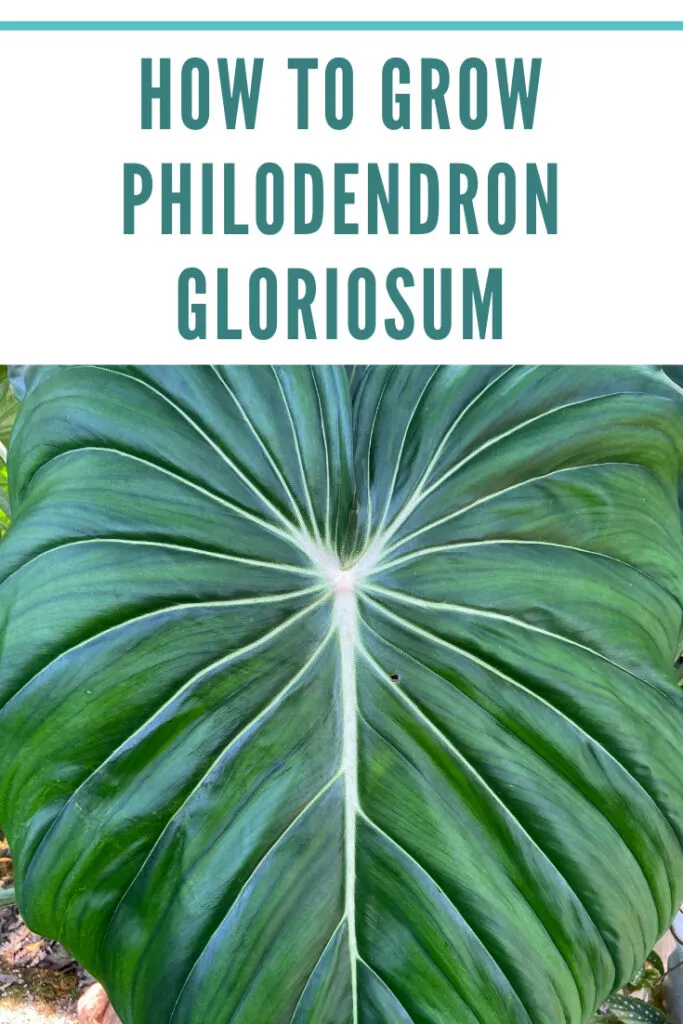
Table of Contents
PHILODENDRON GLORIOSUM CARE
1. LIGHT
These plants are versatile indoors when it coming to lighting. If you want larger leaves, be sure to provide plenty of bright indirect light.
At a minimum, place it right in front of a window that doesn’t have any direct sun.
Better yet, an eastern facing window (morning sun) will provide enough natural light indoors for your plant to maximize the size of your leaves.
These plants do not prefer to be in really sunny conditions all day, so if you have window that have too much direct sunlight, you can always filter or diffuse the direct sun with sheer curtains or blinds that are partially closed.
Not enough light will not be conducive to growth, so if you have particularly dim conditions, you can always supplement with, or grow exclusively, under a grow light.
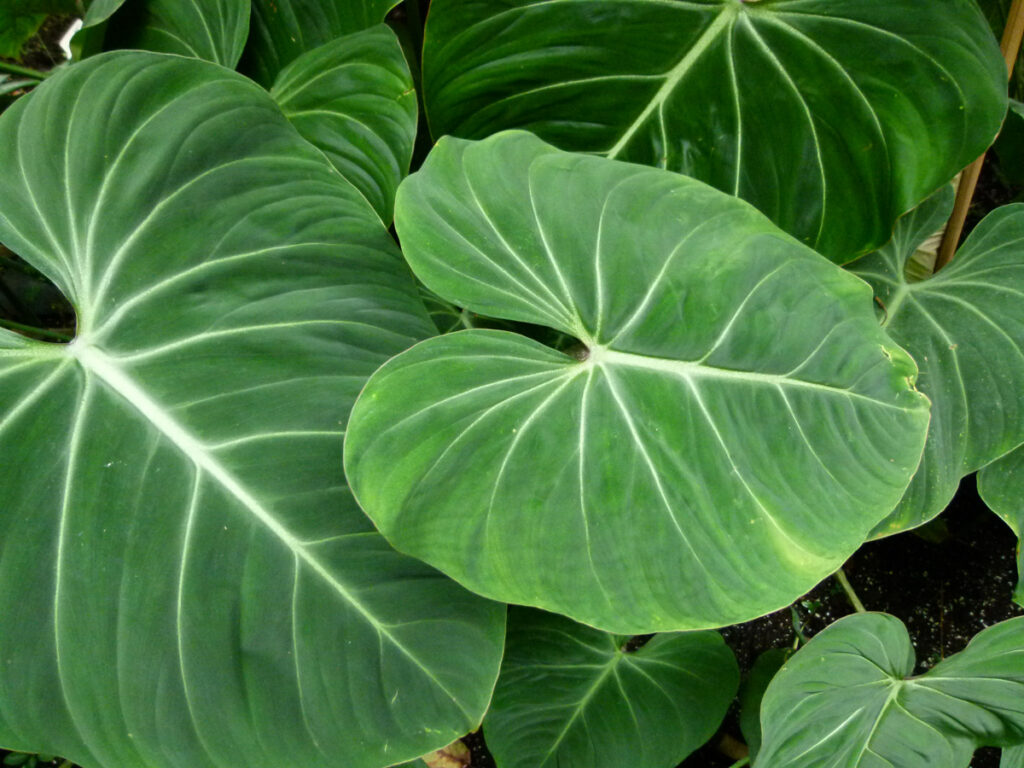
This plant already exhibits fairy slow growth, so be sure that you are providing your plant with enough light and the optimal conditions mentioned in this post for best results.
2. WATERING
Always water thoroughly and allow excess water to drain away. I recommend allowing the top 1-2 inches of soil to dry out (feel it with your finger) before watering again.
If you follow this tip, and you’re using an appropriately chunky, loose soil, there should be no concern of “overwatering“. See the Potting Mix & Pot Types section further down in the post for more details.
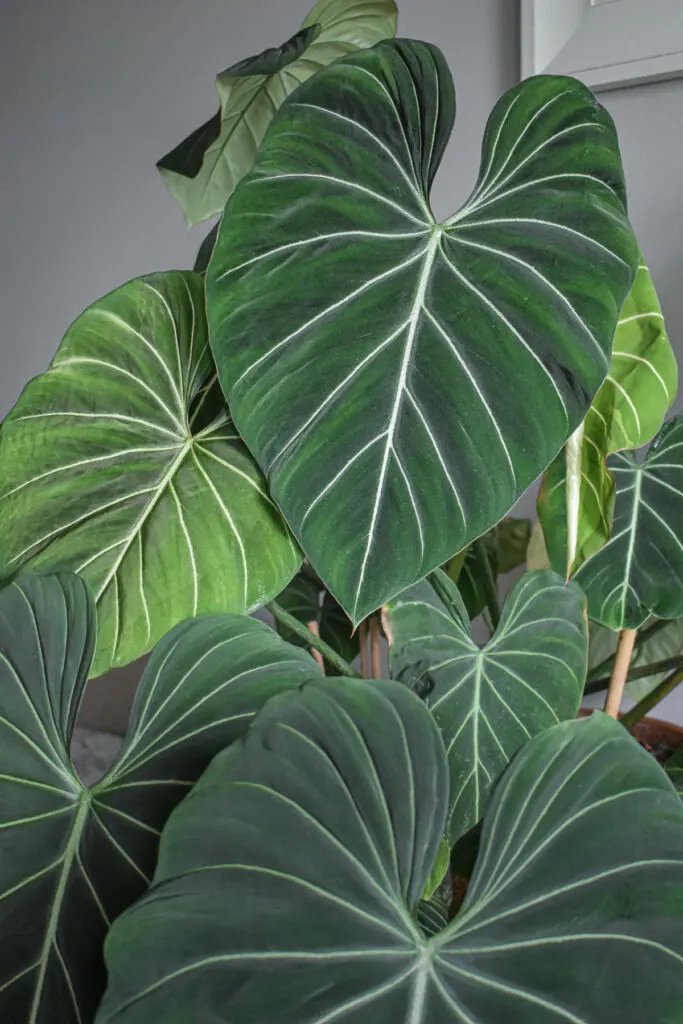
White veins become more pronounced as leaves reach maturity.
3. TEMPERATURE & HUMIDITY
These are warm growing plants, so try and avoid minimum temperatures much below 55F (13C). An ideal temperature range would be about 65-85F (18-29C)
These plants appreciate high humidity, so be sure to increase humidity, especially during the winter months if you’re running forced air heat.
Warm, dry air can be an invitation for spider mites, so keep this in mind! These plants tend to be prone to spider mites, so try and create humid conditions in order to avoid this.
It is not practical, nor necessarily desirable, to
Check out my humidifier picks. I know you will love them!
And please put down that mister. Misters just wet your plant’s leaves and do nothing for humidity.
Lastly, don’t ignore air circulation as you
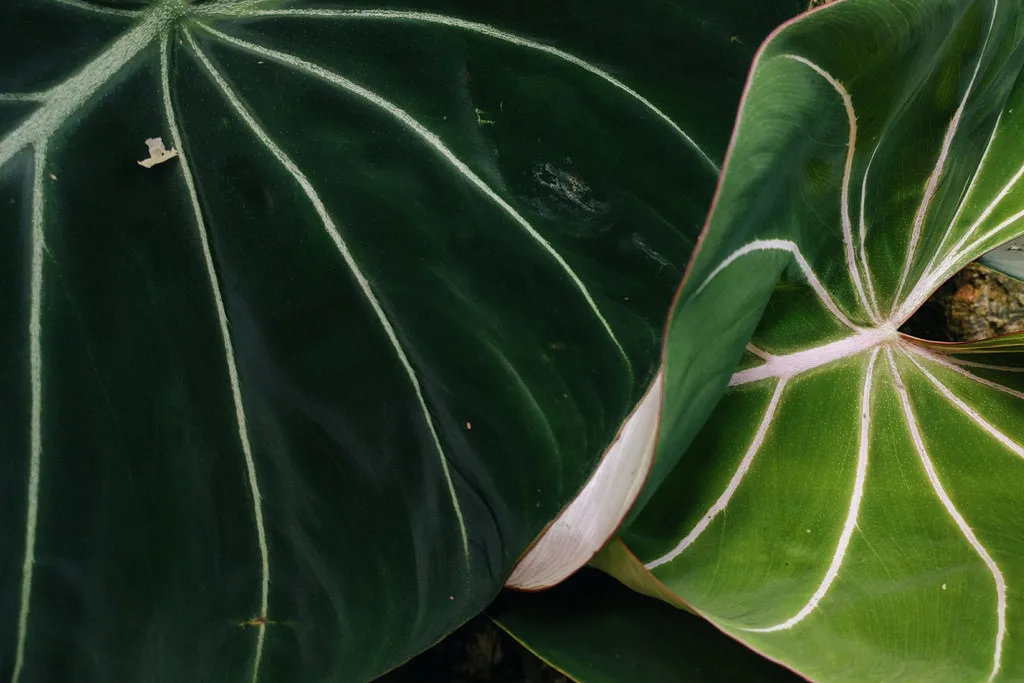
4. POTTING MIX & POT TYPES
This plant prefers a loose, well-draining potting mix. A traditional aroid potting mix is equal parts all-purpose potting mix, orchid bark, and perlite.
Depending on your conditions, this ratio of ingredients can dry out very quickly. If you’ve tried this and it dried out too quickly for your conditions, here are some good options to consider:
- If you still want to use equal parts potting mix, perlite and orchid bark, experiment with using miracle gro moisture control mix (link to Amazon). This mix absorbs more water than traditional potting mixes, but since you’re also using plenty of perlite and orchid bark, your roots will be getting plenty of air and so it allows you to keep a moist medium while greatly minimizing/eliminating root rot.
- If you don’t want to use a moisture control potting mix, try using 2 parts of your favorite all-purpose mix (like the regular Miracle Gro mix) plus 1 part of orchid bark and 1 part of perlite.
Many growers also throw in a bit of horticultural charcoal to keep the potting mix fresh. It will improve drainage and absorbs impurities, so throw in a handful into your mix.
As far as choosing a pot type for Philodendron gloriosum, here are some valuable tips to consider:
- These plants are not vining, but rather, it is a crawling philodendron and a terrestrial plant that spreads horizontally. Because of this growth habit, give your plant a pot that is much wider than it is deep in order to allow for enough room for growth.
- Always ensure your pot has drainage holes in order to allow excess water to escape and help avoid root rot. Good drainage is a must.
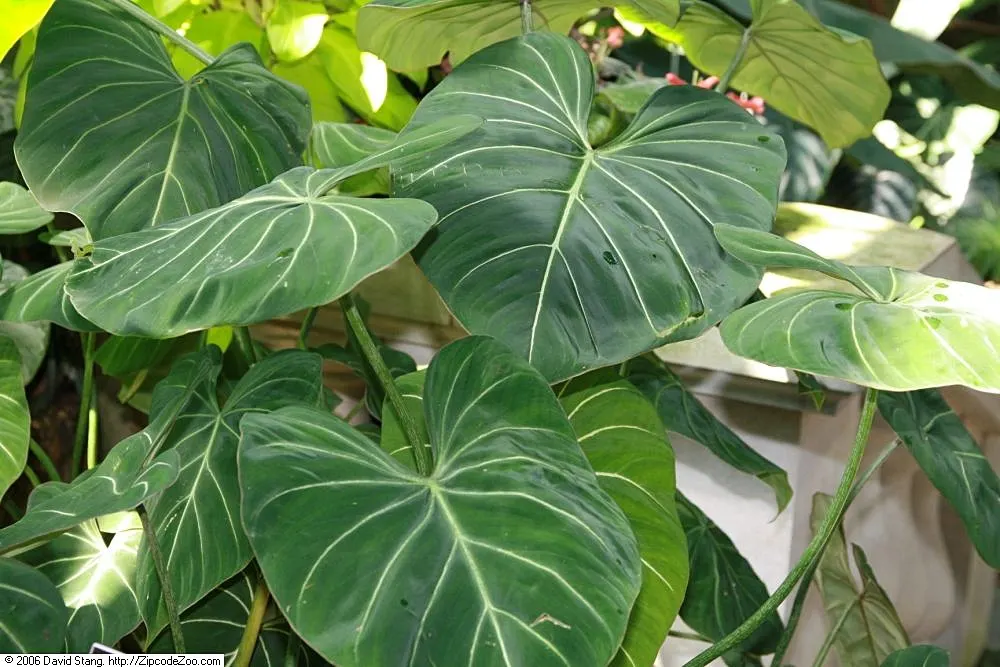
5. FERTILIZER
My favorite liquid fertilizer that I’ve been using for years is Dyna-Gro Grow. It’s an amazing, nutritionally complete, urea-free fertilizer that contains all the micro and macro nutrients that plants need.
You will not be disappointed, so try Dyna-Gro Grow as a part of your houseplant care routine.
I’m in the camp of fertilizing dilutely with every watering during the growing season. I simply take 1/4 to 1/2 teaspoon of Dyna-Gro Grow per gallon of water.
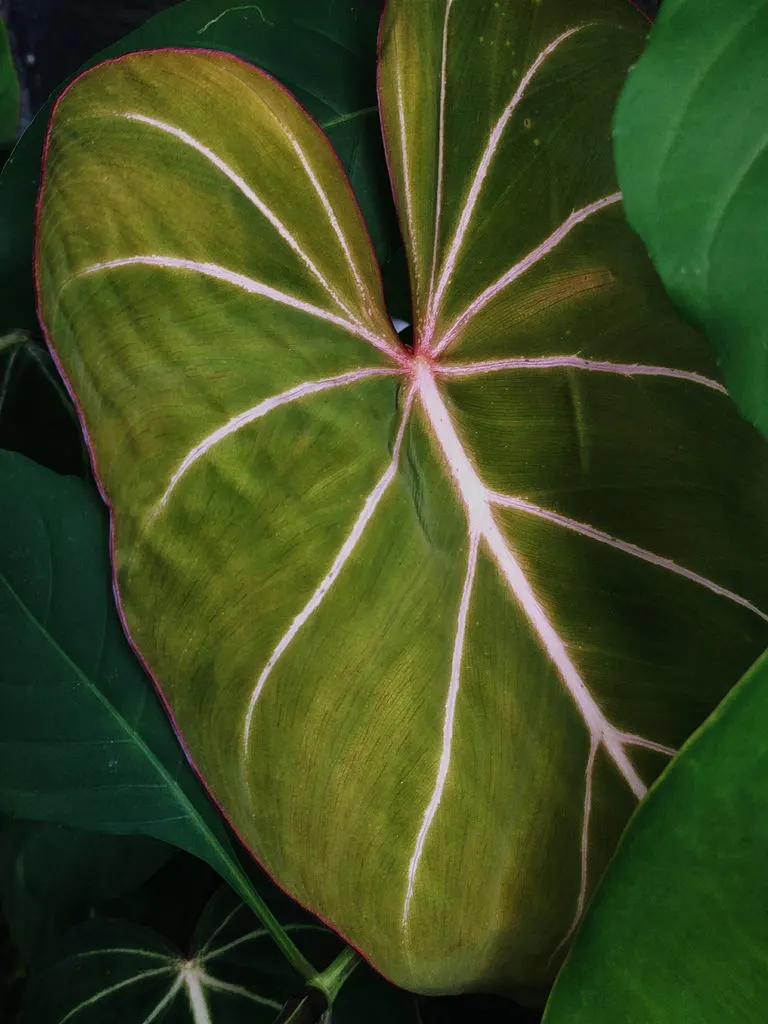
New leaves will typically have beautiful, pink leaf margins but they eventually go away as the leaves mature.
PROPAGATION
Since this is not a vining plant, propagation is a bit different.
Philodendron gloriosum plants grow from a rhizome, which is essentially an underground stem. As the rhizome grows, it will continue to produce new growth.
Here are the steps to easily propagate:
- Use a pair of sterilized, sharp pruners to cut your rhizome. You may already see the rhizome on the soil surface. If not, gently displace any soil so that the rhizome is visible. You can also take the plant out of its pot if you’d like.
- Next, all you have to do is cut the rhizome into as many parts as you’d like. Just make sure that each rhizome chunk has one or two leaves
- Pot up your individual sections into a good potting mix, as discussed previously.
- Lastly, it will greatly benefit your potted cuttings to have higher humidity while it is getting more established. You can use a clear plastic bag placed loosely over the top (propped up by thin stakes so that the bag doesn’t touch the leaves). Or you can simply use a humidifier.
FAQ & SOLUTIONS
Here are some of the most common problems and questions with Philodendron gloriosum. Are any missing? Comment on my post and I will make sure to add it.
How fast does Philodendron gloriosum grow?
This plant is a relatively slow-growing plant, and it can take at least a month, if not more, for new leaves to open.
Why is my Philodendron gloriosum turning yellow?
Yellow leaves are caused by a variety of reasons. One of the most common reasons is allowing your potting mix to dry out excessively for too long, or even allowing it to stay wet for far too long.
Why is Philodendron gloriosum so expensive?
Simply based off of supply and demand, a high demand for Aroids in general, coupled with low supply, has caused the prices of this plant and many others to sky rocket.
How can I get rid of spider mites on my Philodendron?
It is best if you can spot spider mites early before too much damage is done. Refer to my post on treating spider mites. You can use insecticidal soap or neem oil to treat. I personally don’t like the smell of neem, so I prefer to use insecticidal soap.
Is Philodendron gloriosum toxic to pets?
Like any Philodendron species, this plant is toxic to cats and dogs due to insoluable calcium oxalates.
Exactly how big can Philodendron gloriosum get?
In the wild, leaves can reportedly get up to 36 inches. In our homes, since conditions are far from ideal, they will grow substantially smaller. Ensuring that your plant has enough light will help increase the size of your leaves.
Philodendron gloriosum vs glorious?
Philodendron ‘Glorious’ is a hybrid between Philodendron gloriosum and Philodendron melanochrysum crossed by Keith Henderson in the 1970s. ‘Glorious’ is a semi-climbing plant.
Why does my gloriosum have small leaves?
Your cultural conditions are not optimal. Ensuring that you have enough light will help this issue, as will providing warm conditions, proper soil moisture, and regular fertilization.
Why does my Philodendron gloriosum have droopy leaves?
The most common reason is a moisture issue. Your potting mix has gone either too dry for too long, or has stayed too wet for too long and started to suffer from root rot. If your soil is completely dry, promptly water it thoroughly. If it has stayed too wet, determine why and take appropriate action to dry out your potting mix (remove any excess water that your plant may have been sitting in, increase the light it needed, etc.)
Looking for other philodendron plants to grow? Check out my selection of easy to grow philodendrons.

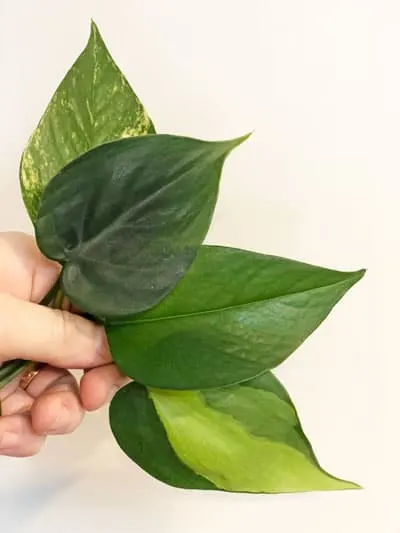
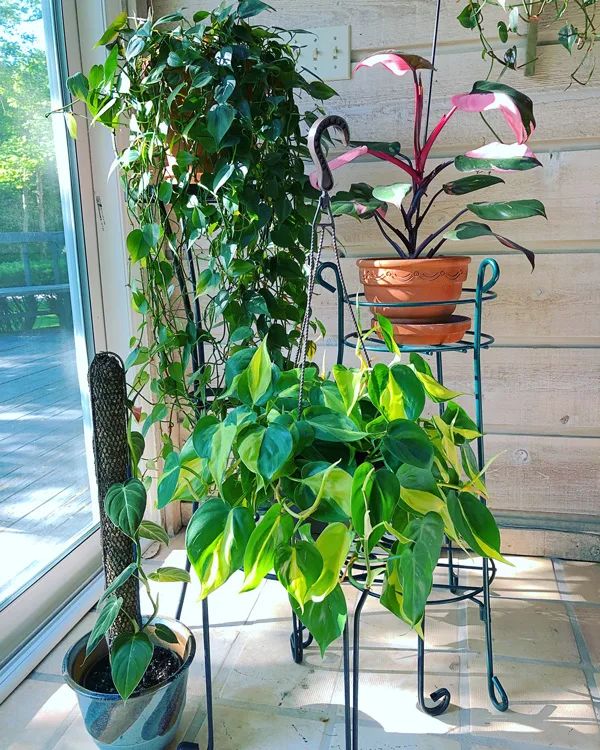
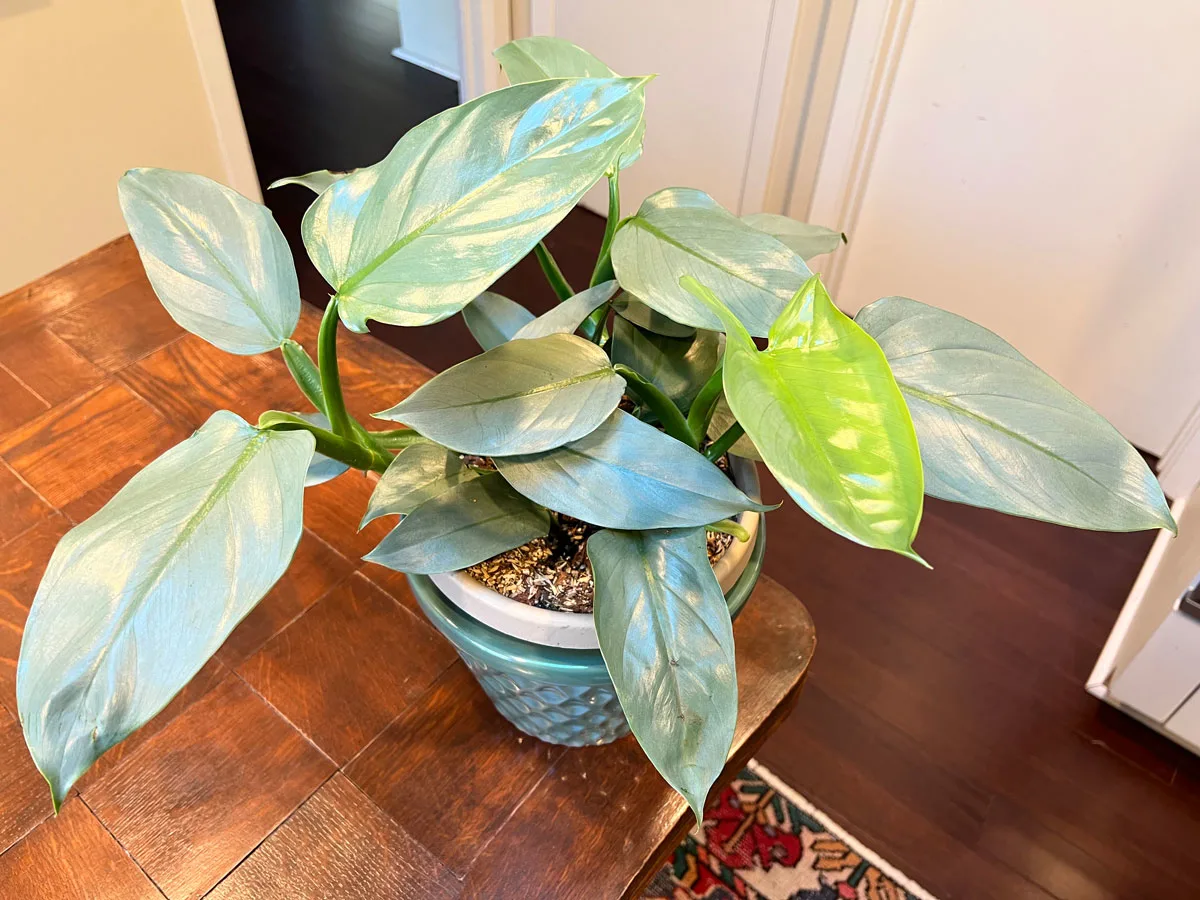
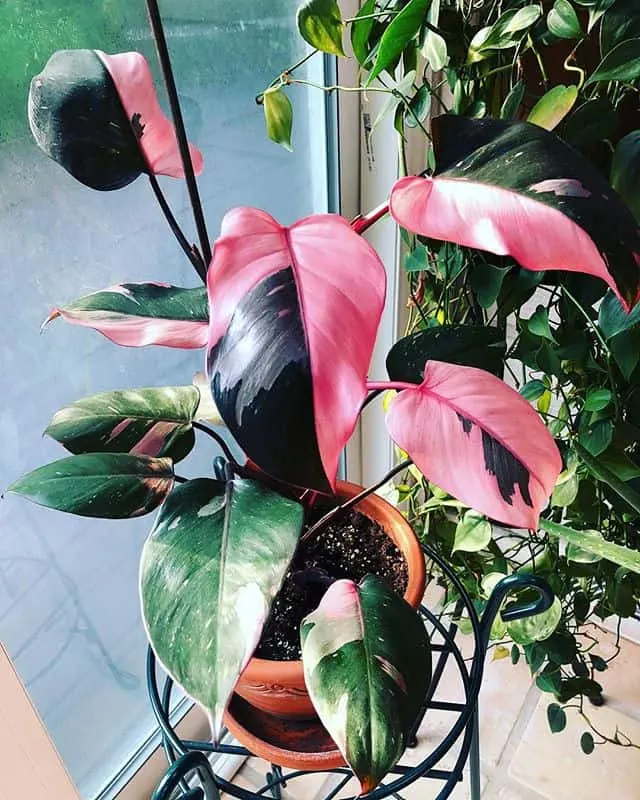
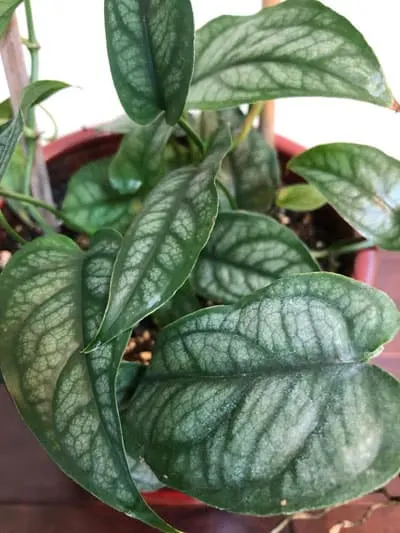
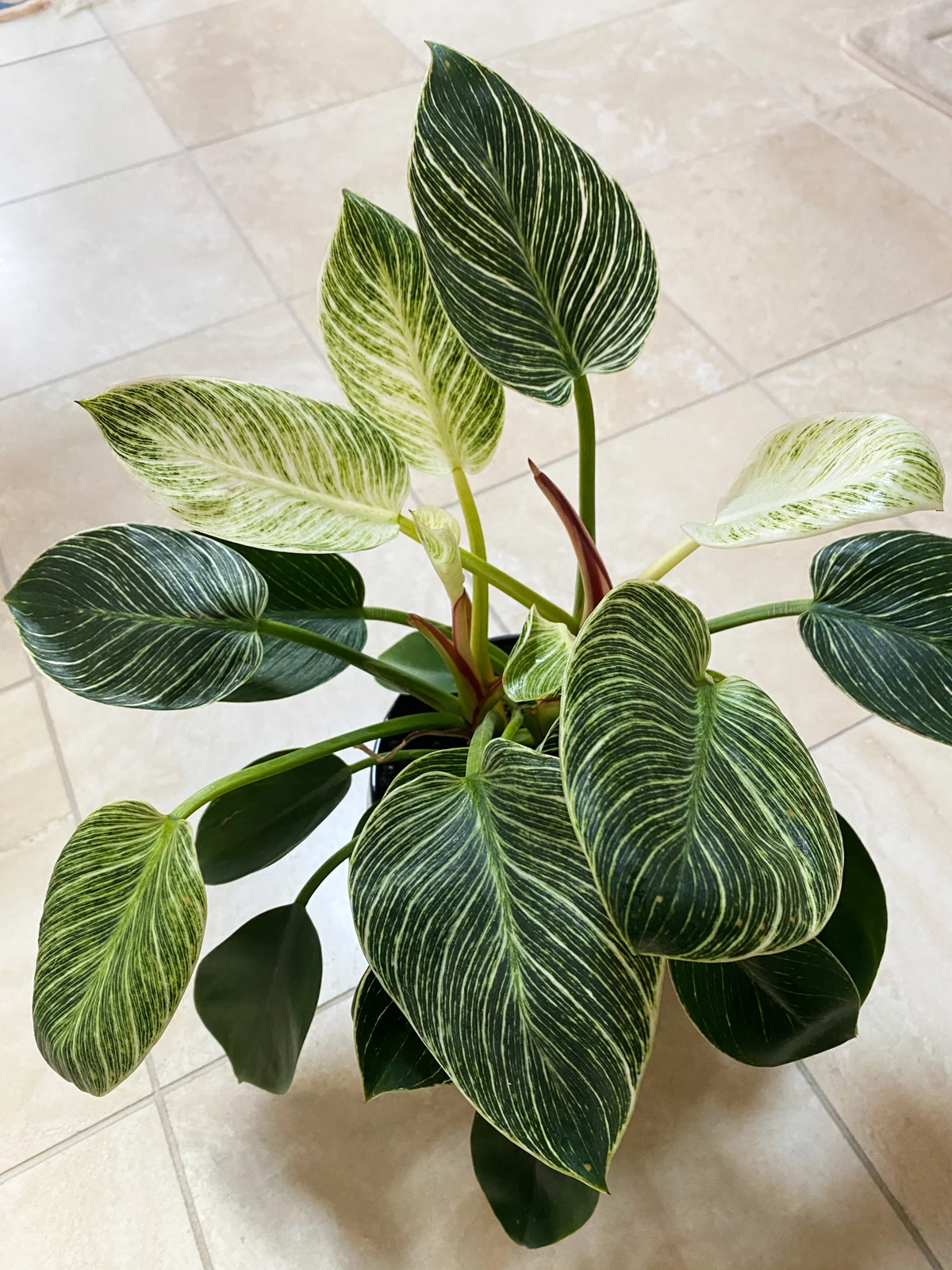
Valerie
Monday 17th of April 2023
I am having a rough time with the gloriosum I bought as a very small plant. It's essentially one tall stem with very few small leaves, because it ended up getting aphids. I caught them early but it is still trying to recover. I have it in a 4" pot and propped up, though I'm wondering if I am doing the wrong thing. I understand it's a creeper and not a climber. What type of pot should be used? Trying to get it healthy again on your suggestion of Dyna Gro. I just need a little guidance! Thanks so much!
Raffaele
Monday 17th of April 2023
Yes, they're they are definitely creepers! I would try and find a pot that is more shallow, but pretty wide so it can stretch out and crawl horizontally.
Plantipus
Saturday 28th of May 2022
thanks for the tips,beautiful plant, i like it.